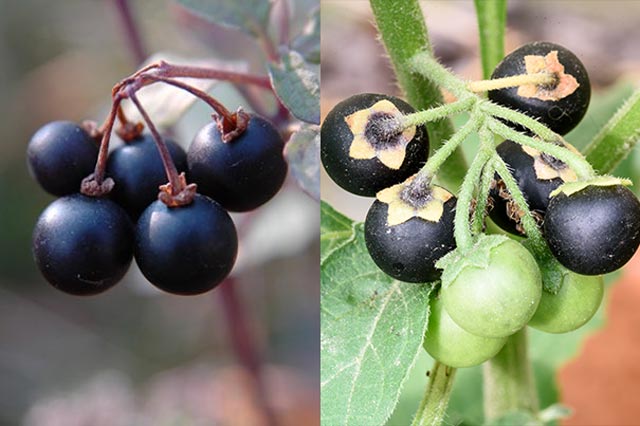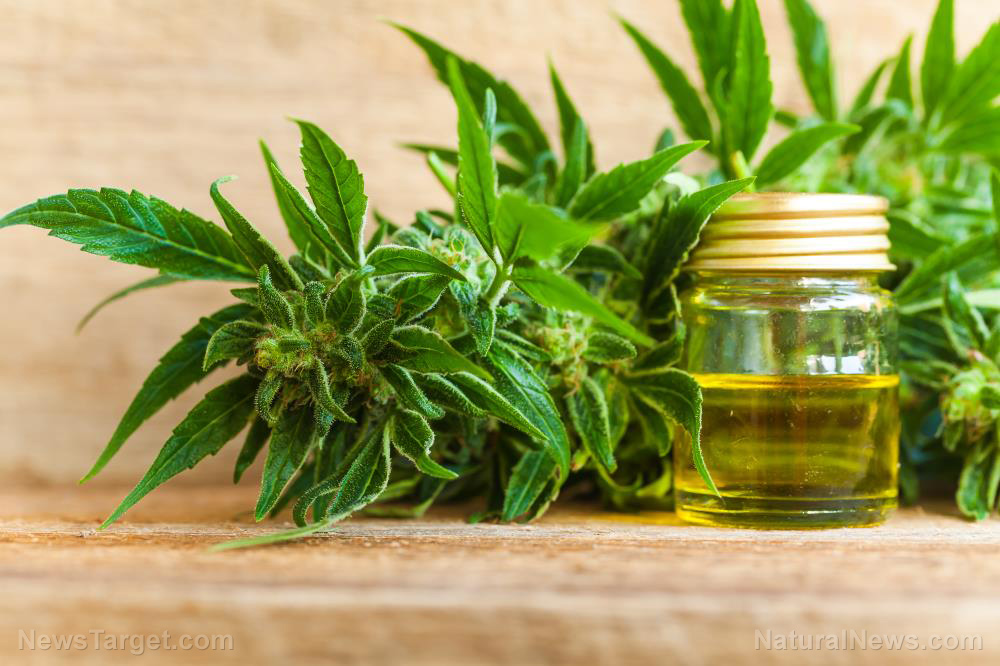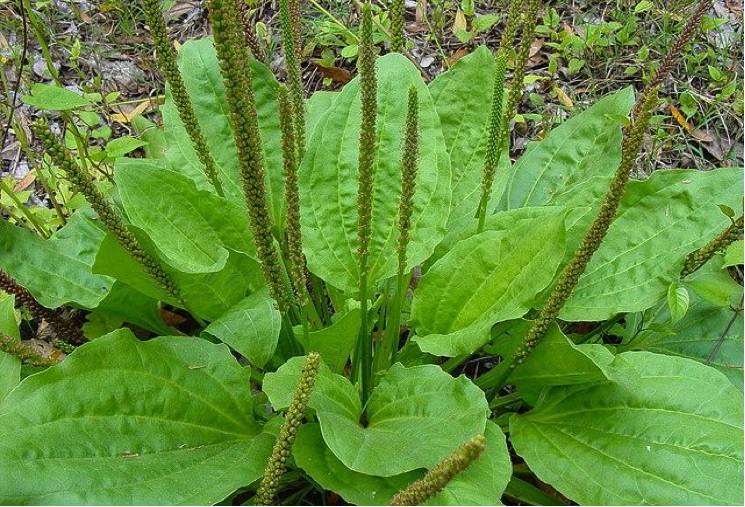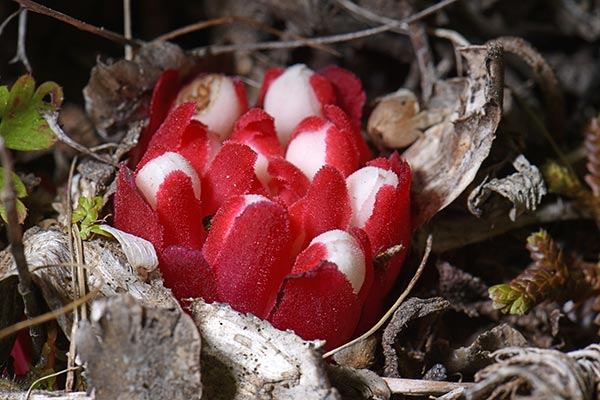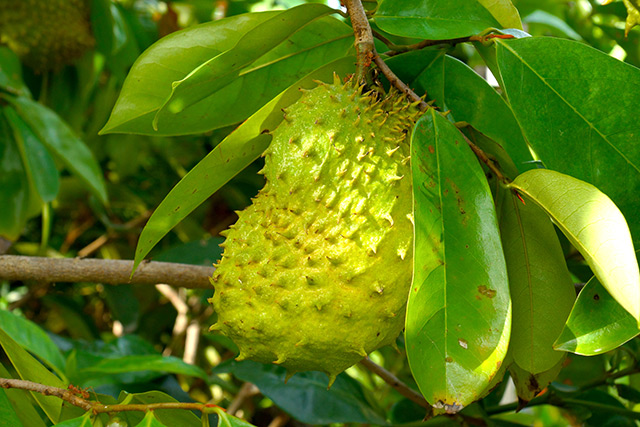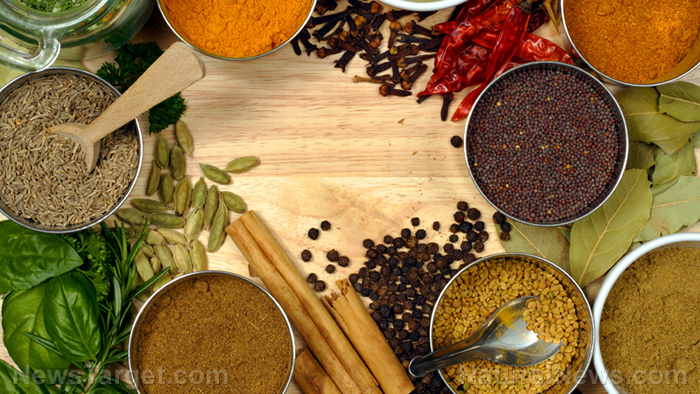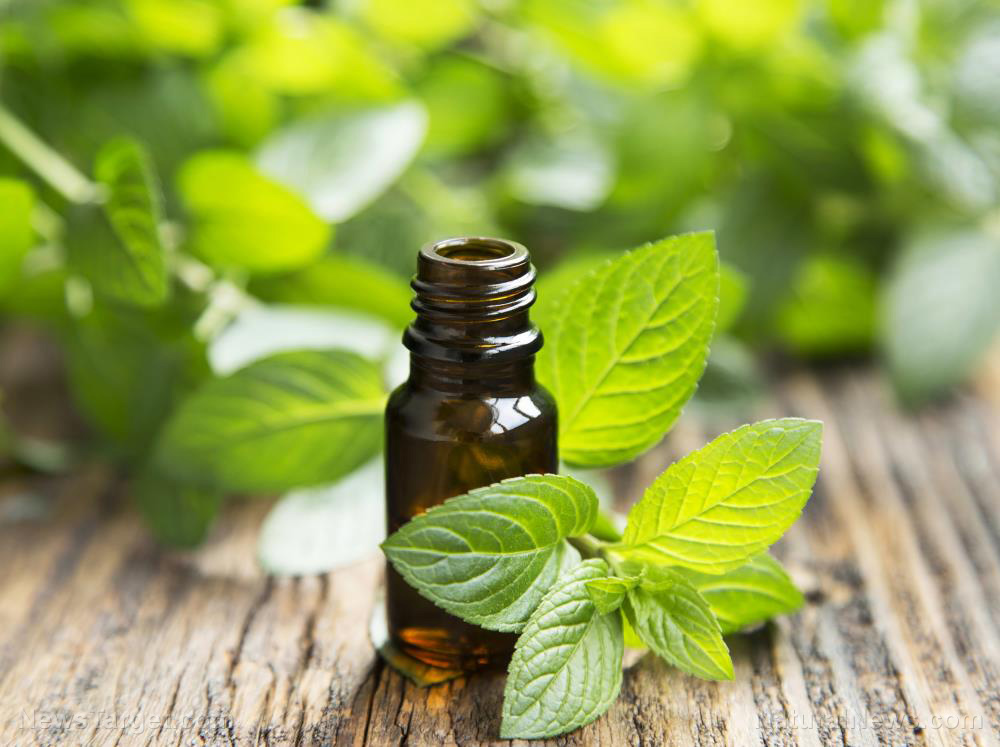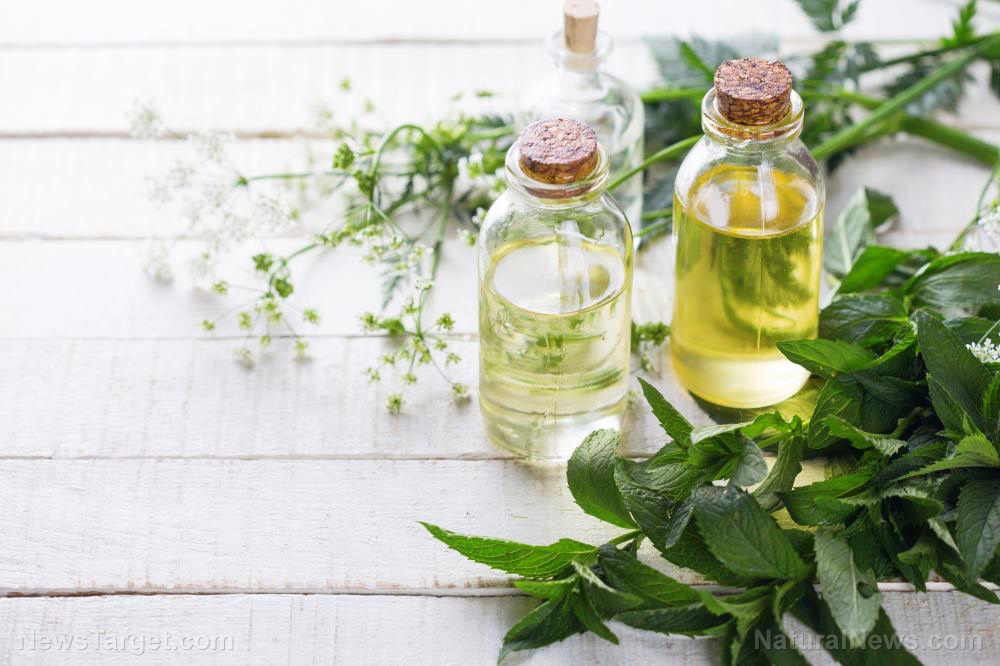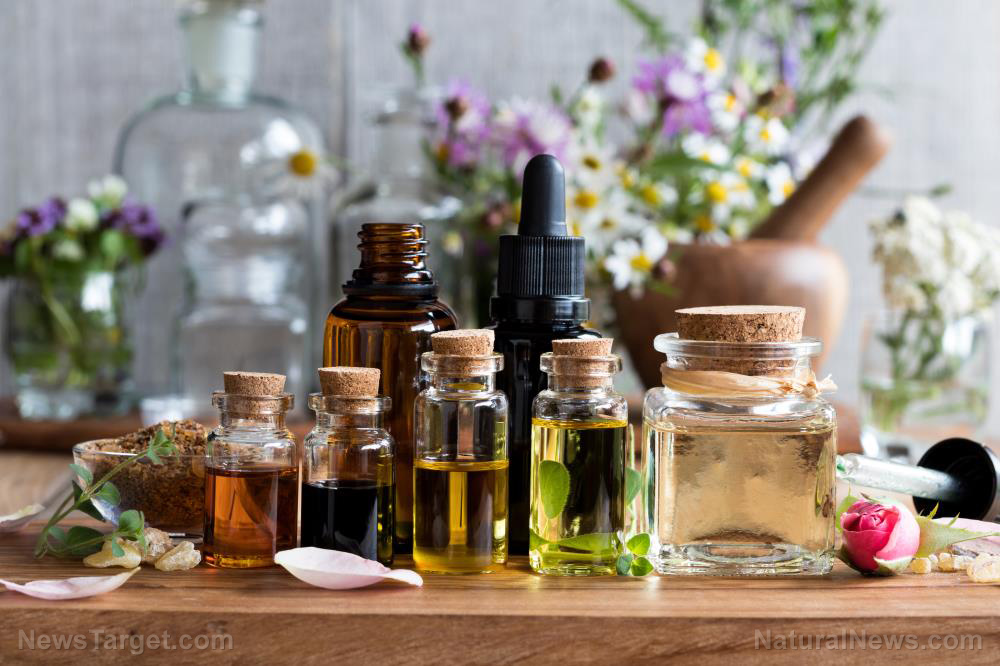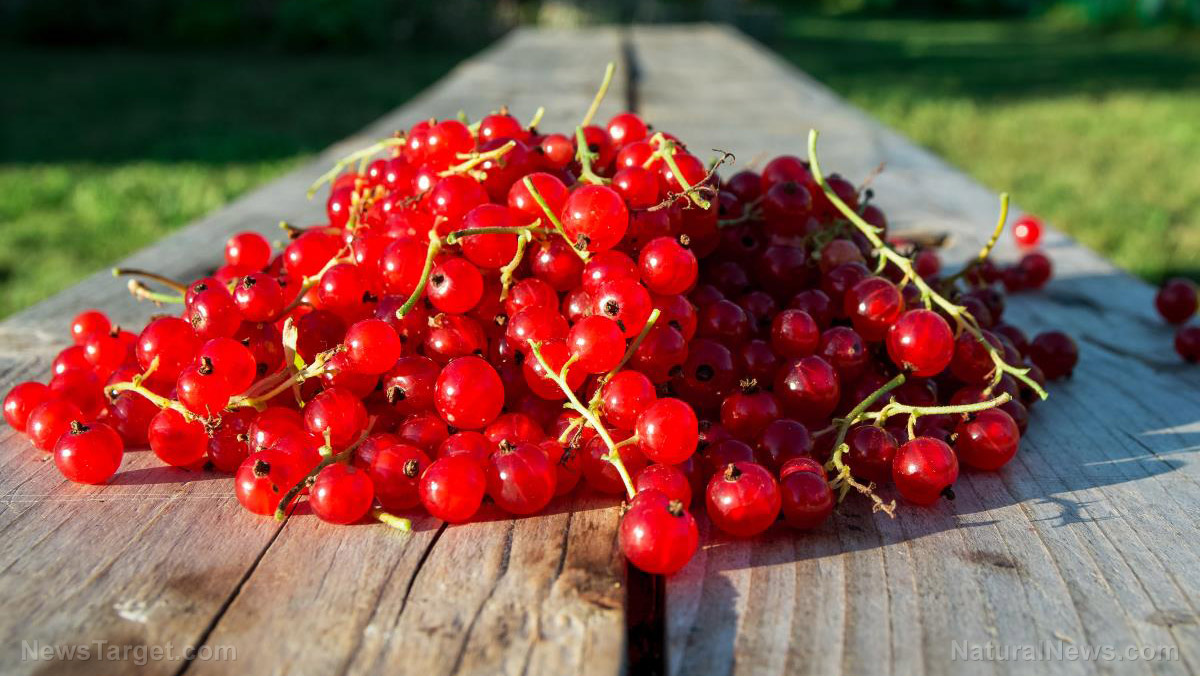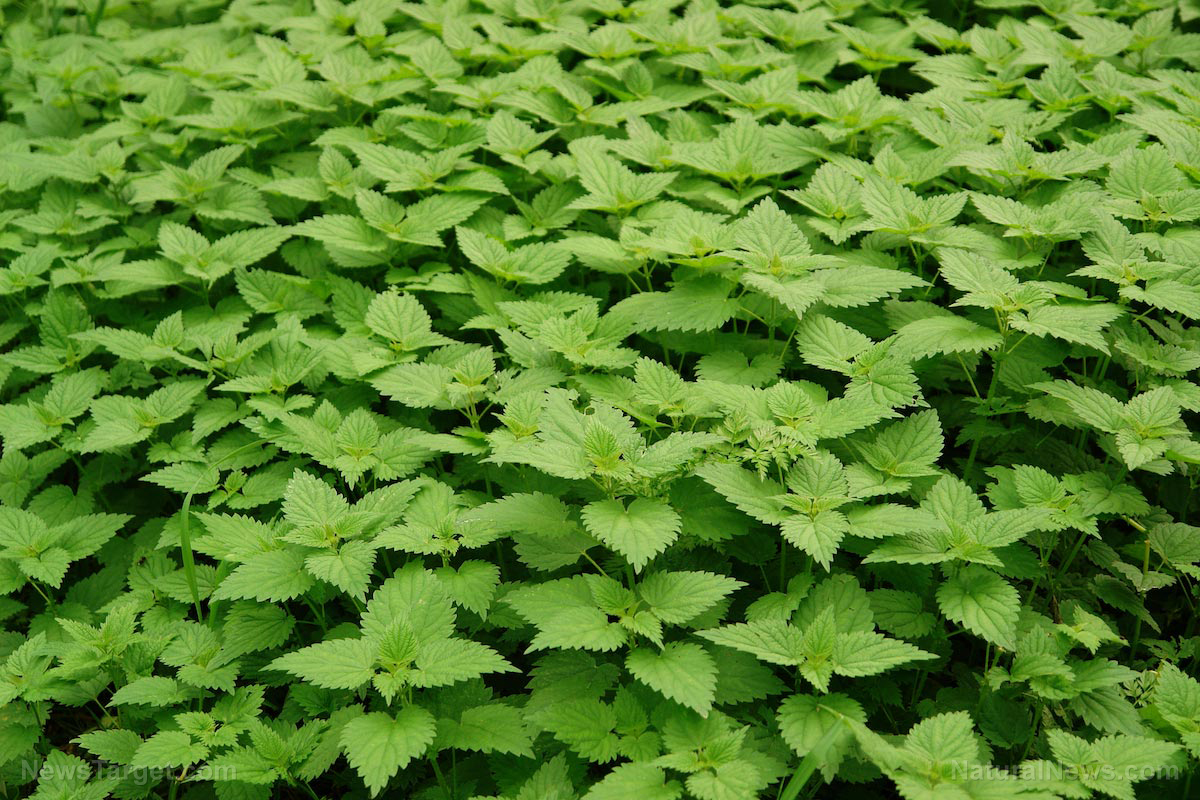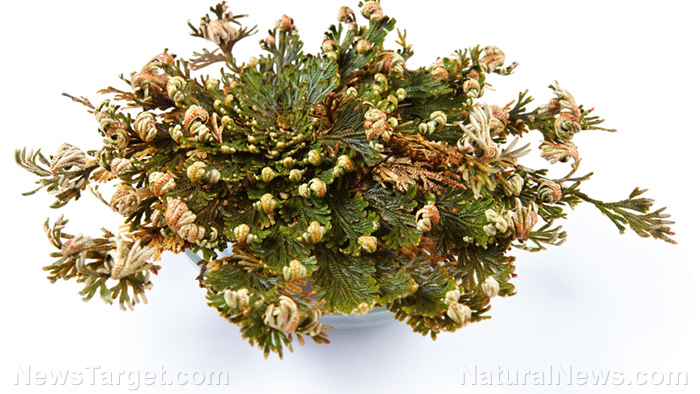Can cinnamon benefit patients with PCOS?
12/26/2019 / By Evangelyn Rodriguez

Cinnamon, also called darchini, is a spice made from the inner bark of trees that belong to the genus Cinnamomum. Historically, it has been used by healers to treat various conditions, such as coughing, arthritis and sore throat. Today, researchers associate plenty of health benefits with cinnamon, citing its antioxidant, anti-inflammatory, anti-diabetic and cardioprotective effects.
In a recent study published in the Journal of Herbal Medicine, researchers from India reported that cinnamon can also be used to manage polycystic ovarian syndrome (PCOS). In particular, cinnamon successfully improved the menstrual pattern of women with PCOS, suggesting that it can be used to treat menstrual disturbances naturally.
Fast facts about PCOS
A complex syndrome that affects 15 percent of women of reproductive age, PCOS is considered a hormonal disorder characterized by irregular menstrual periods and the abnormal production of high levels of the male hormone, androgen. PCOS also causes fluid-filled sacs or cysts to accumulate around the ovaries, which could sometimes cause pain and discomfort.
Although experts are yet to identify the exact cause of PCOS, several factors are believed to play a role in its development. These include:
- Excess insulin or insulin resistance, which increases androgen production
- Heredity or genetics
- Low-grade inflammation, another trigger of androgen production
- Excess androgen
PCOS is also known to cause a variety of complications, such as:
- Abnormal uterine bleeding
- Anxiety
- Depression
- Endometrial cancer
- Infertility
- Gestational diabetes
- Metabolic syndrome
- Miscarriage or premature birth
- Non-alcoholic steatohepatitis
- Sleep apnea
- Type 2 diabetes
Cinnamon, a natural medicine for PCOS
While several medications are prescribed for the management of PCOS and its symptoms, the condition itself still has no cure. Due to the lack of standard therapy for PCOS, the researchers decided to conduct a clinical study to evaluate the effects of cinnamon treatment on PCOS. (Related: PCOS: Understanding it and treating symptoms naturally.)
Mother Nature's micronutrient secret: Organic Broccoli Sprout Capsules now available, delivering 280mg of high-density nutrition, including the extraordinary "sulforaphane" and "glucosinolate" nutrients found only in cruciferous healing foods. Every lot laboratory tested. See availability here.
They designed and conducted a randomized, single-blind, controlled trial involving women aged 18 – 42 who fulfilled the Rotterdam criteria for PCOS. They gave the participants in the test group 1.5 grams of powdered cinnamon bark (capsule form) twice a day, and those in the control group 500 milligrams of metformin twice a day for 60 days.
The researchers considered changes in fasting blood sugar levels, resumption of normal menstrual cycle pattern and ovulation as the primary outcomes, and changes in body mass index and waist/hip ratio as the secondary outcome measures.
The researchers observed a marked improvement in the menstrual cycle pattern of 51.9 percent of the participants in the test group and 61.3 percent in the control. However, neither cinnamon nor metformin improved any of the participants’ insulin resistance.
The researchers also found that post-ovulatory progesterone values at baseline and outcome remained the same for both the test and the control groups. On the other hand, they observed remarkable changes in the ovarian size, as well as complete amelioration in six participants from the control group and seven participants from the test group. Cinnamon also improved the menstrual pattern of the participants in the test group and was also well-tolerated.
Based on these results, the researchers concluded that, despite the small metabolic and hormonal changes it induced, cinnamon therapy may be clinically useful for treating menstrual disturbances and can be used as an alternative therapy for the management of PCOS.
Sources include:
Science.news
Tagged Under: alternative medicine, cinnamon bark, darchini, food cures, food is medicine, functional food, herbal medicine, Herbs, menstrual disturbances, natural cures, natural medicine, PCOS, plant medicine, polycystic ovarian syndrome, prevention, remedies, research, women's health
RECENT NEWS & ARTICLES
Herbs.News is a fact-based public education website published by Herbs News Features, LLC.
All content copyright © 2018 by Herbs News Features, LLC.
Contact Us with Tips or Corrections
All trademarks, registered trademarks and servicemarks mentioned on this site are the property of their respective owners.

